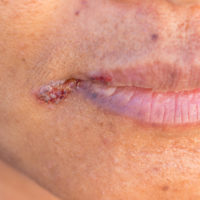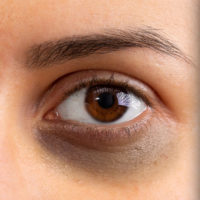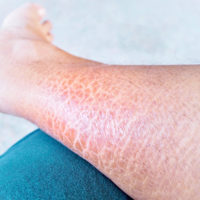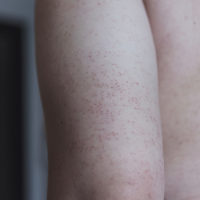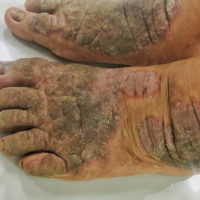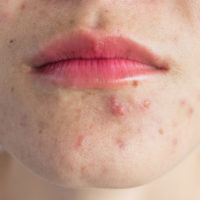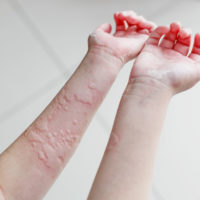XTRAC® FOR ATOPIC DERMATITIS
WHAT IS ATOPIC DERMATITIS?
Atopic Dermatitis is a chronic skin condition that is not contagious. It is often referred to as “eczema” – a broad term for several types of inflammations of the skin.
The word “Dermatitis” means inflammation of the skin. “Atopic” refers to a group of diseases often traced to an inherited tendency toward allergic conditions. Often, Atopic Dermatitis is referred to as eczema, a broad term used to describe several types of skin inflammation. Atopic Dermatitis is the most common form of eczema.
In Atopic Dermatitis, the skin becomes extremely itchy. Scratching leads to redness, swelling, cracking, “weeping” clear fluid, and finally, crusting and scaling. Most often, there are periods of time when the disease flares (or worsens), followed by periods of improvement or clearance.
ATOPIC DERMATITIS IS COMMON
Atopic Dermatitis occurs equally in males and females, affecting up to 30% of the United States population. Although Atopic Dermatitis may occur at any age, onset most often begins in infancy or childhood. Onset after age 30 is less common.
Signs and symptoms on the skin are typically the basis for diagnosis.
WHAT DOES ATOPIC
DERMATITIS LOOK LIKE?
Generally, these are the types of Atopic Dermatitis you should know about:
ATOPIC DERMATITIS CAN BE MANAGED
Though the causes of Atopic Dermatitis are not precisely known, the disease seems to result from a combination of inherited tendencies and environmental factors.
Many factors or conditions can make symptoms of Atopic Dermatitis worse, further triggering the already overactive immune system, aggravating the itch-scratch cycle, and increasing damage to the skin. These factors typically fall into two main categories: irritants and allergens. Emotional factors and some infections and illnesses can also influence Atopic Dermatitis.
Although the symptoms can be difficult and uncomfortable, the disease can be successfully managed for patients to LIVE FREE and CLEAR.
TREATING ATOPIC DERMATITIS
XTRAC targeted UVB therapy is a cutting-edge treatment for Atopic Dermatitis. Its well-earned reputation for extraordinary effectiveness and safety has been proven by physicians around the world who have successfully treated patients without fear of steroid and systemic side effects.
XTRAC has none of the drawbacks often associated with other Atopic Dermatitis therapies. Some patients, however, experience a reaction similar to sunburn or mild blistering at the site of the treated area and in rare cases, an increase in pigmentation may occur.
ATOPIC DERMATITIS CLINICAL RESULTS
Narrowband UVB treatment for Atopic Dermatitis was shown to:
*Individual Results May Vary
DOES MY PHYSICIAN OFFER XTRAC THERAPY
FOR TREATING ATOPIC DERMATITIS?
XTRAC is the #1 Targeted Therapy for Atopic Dermatitis by Dermatologists in Thousands of Convenient Locations. Contact Us at 1-800-974-8958 Today to Find A Physician Near You that offers XTRAC Therapy
